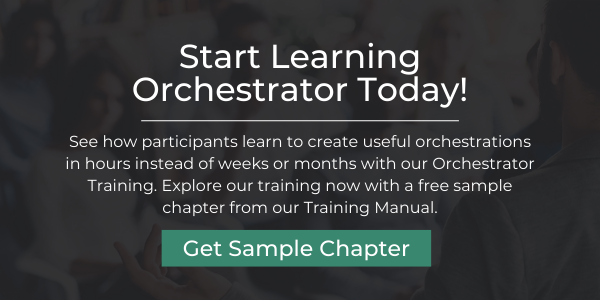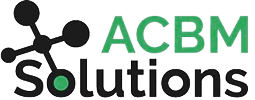Seven Exciting New Features for Orchestrator in JDE EnterpriseOne Release 22
Release 22 for JD Edwards Orchestrator is the biggest update in the last two years. Let’s take a look at some of the exciting new features and capabilities.
| First, why the change in how releases are named? Instead of labeling the latest set of changes 9.2.6.1, the new naming convention follows the same protocol as “model years” in the automotive industry. Just like new 2022 model cars are rolled out in late 2021, Release 22 stands for the year by which everyone should be “driving” the newest version of JDE’s tools. It’s a nod to Oracle’s continuous innovation practices. Here’s the result of their latest round of good ideas. |
- Attachments to Messages: Media Objects
Working with media objects in Orchestrator has been a challenge for a long time. Oracle’s latest update adds yet another way to work with attachments inside JDE. Now, users can easily send files/attachments such as documents, pictures, or pdf files to the Orchestrator and add them as media objects inside JDE using the attachment component. Even better, you can take attachments and include them in messages or notifications. That’s never been possible before. -
Logic Extensions
As much as we love Groovy Script’s ability to fill the gaps in Orchestrator, we are glad Release 22 includes a simpler way for business users to build much of the common logic they need in orchestrations without having to code at all. Now “citizen developers” will be able to build string/date manipulation, simple math formulas and calculations, conditions, loops, and more using a graphical UI. Users who are familiar with doing calculations in Excel will easily catch on to using the Logic Extensions component. - Return Associated Descriptions for Data Requests
According to Oracle, “This enhancement enables the orchestration designer to easily retrieve the associated descriptions of data items from a data request, particularly when the data being returned is aggregated into groups and intended for graphing.” This is a minor update, but it is helpful. Now, you can perform this action in one request instead of two. - Files as Orchestration Input and Output
Being able to include files as inputs and outputs in Orchestrator enhances the ability to integrate and use many types of digital content with JD Edwards EnterpriseOne from internal and third-party systems. You can pull files into an orchestration by including them in a multipart form data REST call from the system that is invoking the orchestration. And, if you are collecting or generating data during an orchestration, you can include it as output.
- Display Messages in Orchestrator Monitor
Messages have always been a good way to let users know how things are going inside orchestrations. With this new EnterpriseOne application, it’s even easier to see and take corrective action on errors, warnings, and exceptions. Being able to monitor and optimize orchestrations helps you get more out of what you’ve built. - Service-Only User
This is a tool that allows administrators to give users access to pieces of an application needed to run an orchestration even if those users don’t have permission to log in to the EnterpriseOne user interface directly. It’s an option to fine tune access control and make sure users can invoke application functionality through Orchestrator, while still maintaining security and control in JDE. - Workflow Studio
There has been a workflow tool in JDE for a long time, but it wasn’t user friendly. That was unfortunate, because being able to interact with and direct its process while it is running can be a very useful capability. Orchestrations and notifications are both stateless components. They return a result, and that’s that. But Workflows allow you to track what’s happening along a process, stop it at any point for user input or other decision-making, and then continue the flow. Oracle’s web enablement of Workflow Modeler features a new, user-friendly UI that runs on a thin client (“on the glass” in a browser), eliminating the need for a separate dedicated machine and developer resources.
Note from Oracle on Updating Your System
Since EnterpriseOne 9.2 is a continuous codeline, users already on that release will leverage the existing update processes. Release 22 is cumulative and includes all new apps and tools features for EnterpriseOne. If you are on an older release of 9.2 or have only applied tools updates, the process of updating EnterpriseOne 9.2 has not changed with the announcement of Release 22. See more details here.
Stay tuned for a deeper dive into the most useful new features for Orchestrator users in the weeks ahead! If you want to take advantage of the latest release, contact our team for a consultation.

